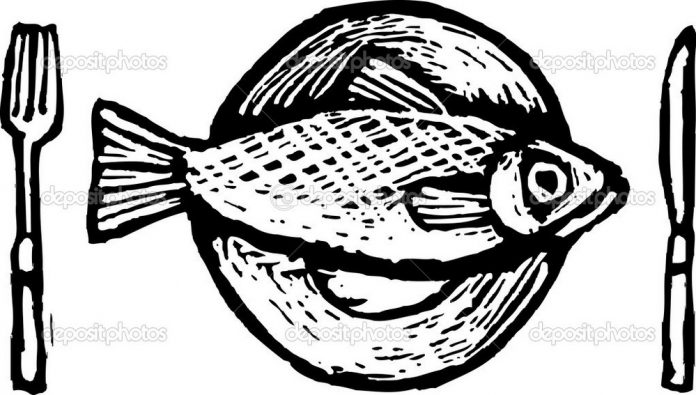Captain’s Corner: Slow-moving water fishing tips
As guides, we’re often limited to a particular day and time when a client can fish. Are there ways to improve our odds on these less-than-perfect days? Slow-moving water is often answered by anglers by staying home. This means good fishing areas that are often crowded will be barren of boats and anglers. That presents an opportunity to visit some of your best spots. Boat and jet ski traffic that scares and chases fish out of the shallows will be absent, so expect more relaxed fish to occupy those areas. Wind can really slow or accelerate a tide, and an understanding of that will help you find more active fish. On a large bay, wide, deep water will not be affected as much as areas where water is shallow and in narrows. Passes and constrictions between islands will have improved flow. Points are always worth investigating, especially those that start shallow and drop off into deeper water. Oyster bars, especially near mangroves, deserve attention. With water moving slow, it will stay in one place for a longer time and the sun will have an opportunity to make it warmer, always a winter attraction for southern fish. Fish areas exposed to the sun the longest. Pick an afternoon with a decent tide. Don’t spend too much time in one place if unsuccessful. Head to your next spot. Cold-water fish like a deep, slow presentation. Having two fly rods rigged, one with a floating line with a crab or shrimp pattern and another with a sink tip line and a weighted small size baitfish fly. Darker colors or those that match the bottom are a good place to start.
Fly fisherman Pat Damico runs charters in lower Tampa Bay and can be reached at captpat.com and (727) 504-8649.
Latest posts by Capt. Pat Damico (see all)
- Capiains Corner. Damico - December 26, 2023
- Pat Damico - December 21, 2023
- CaptainsCorner: Pat Damico - November 27, 2023











